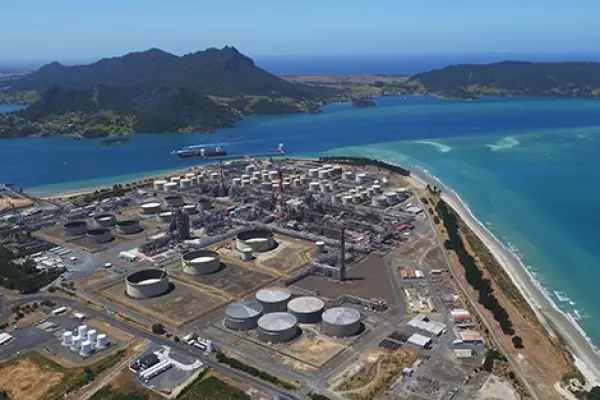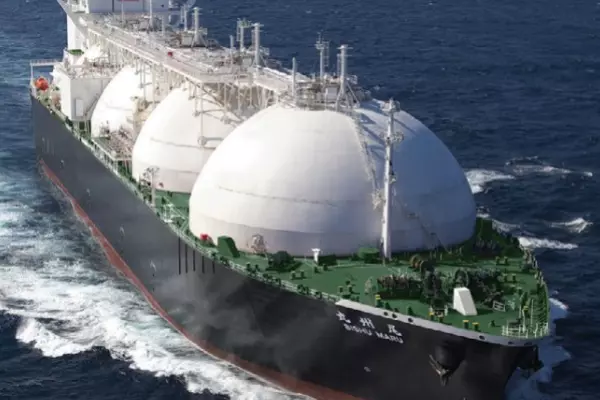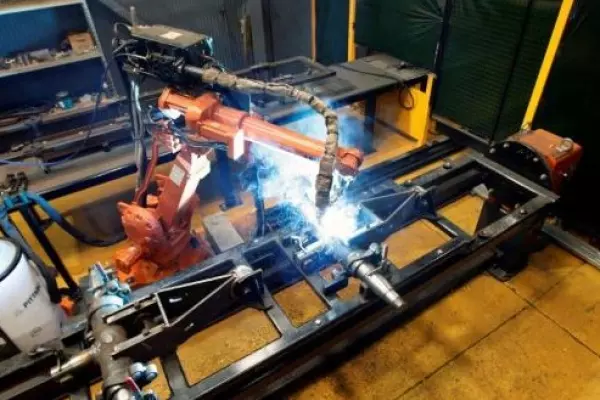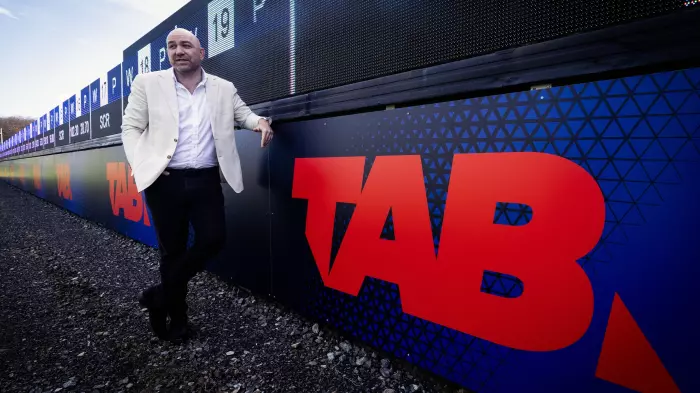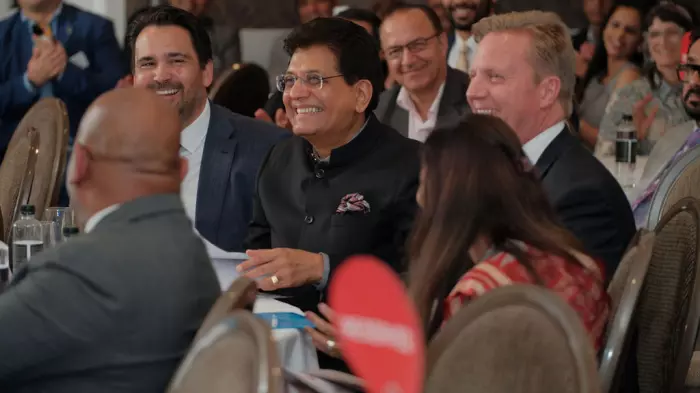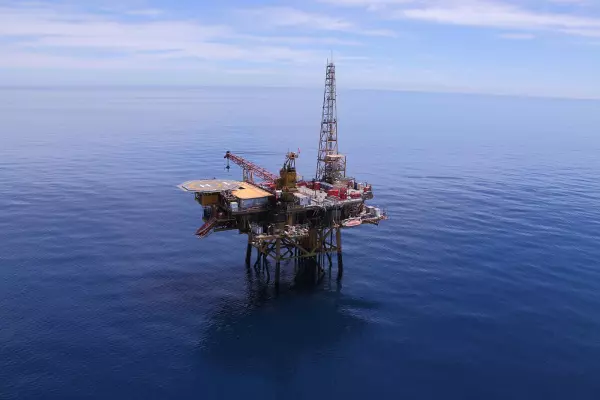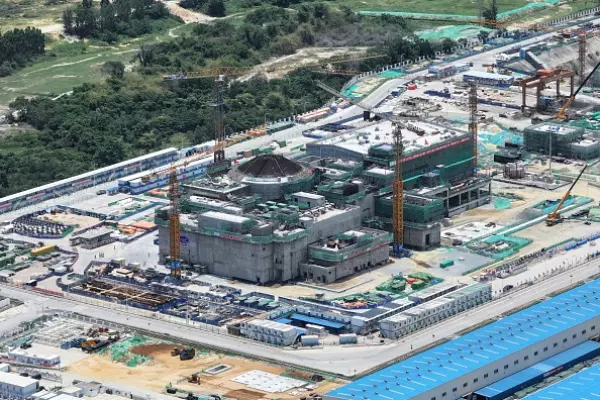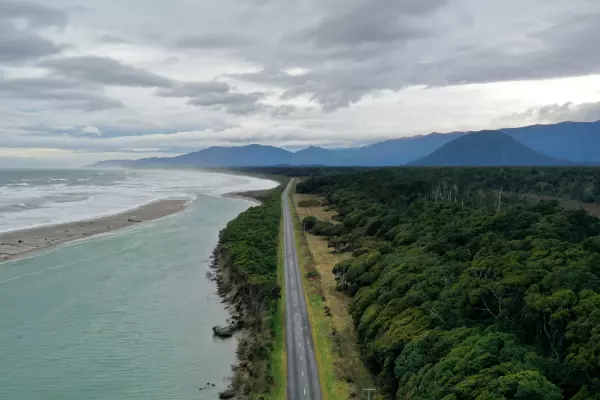OPINION: Smelter review a wake-up call on energy policy
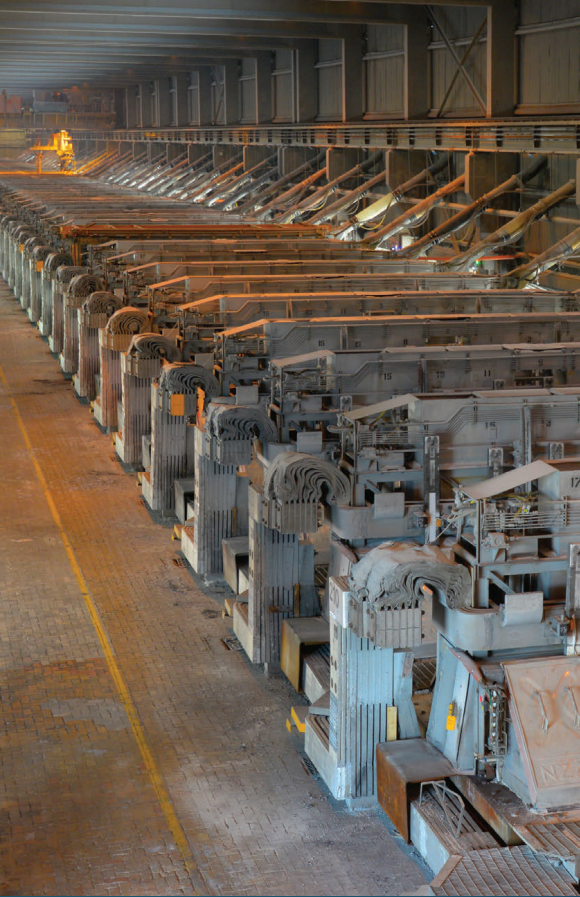
The review of the Tiwai Point smelter should be a rude awakening for policymakers who seem to think New Zealand’s renewable energy bounty is going to give us a free pass in world markets.
Politicians from all parties have talked up the prospects of new low-carbon export industries – a green economy bonanza.
But – apart from crowing about 85 percent renewable electricity - what have we actually done to capture that benefit? Worse, what have we done to even maintain the little advantage we currently have?
In concept, the case for Tiwai is compelling: use Southland’s abundant wind and hydro resources to make low-carbon aluminium for a world still needing more.
But the real world is a cruel place and New Zealand just isn’t that special. About 30 percent of the world’s aluminium capacity comes from plants supplied by hydro power.
Tiwai owner Rio Tinto has eight hydro-powered smelters in Canada alone. And a low-carbon footprint isn’t a lifeboat in a world where Rusal – one of the world’s top-five producers - last week estimated that 18 percent of smelters are losing money at current prices.
Rio is currently trying to sell a hydro-powered plant in Iceland; Tiwai and the Bell Bay plant in Tasmania sit within the Pacific Aluminium business it has had on the market for eight years.
Eight years.
Tiwai accounts for close to 2 percent of New Zealand’s export earnings, but it has been on a thankless treadmill fighting to stay viable for years against newer, larger plants and new higher-efficiency smelting processes.
Production capacity – particularly in China - continues to grow and inventory over-hangs have become more regular. Aluminium prices, which peaked at more than US$3,300 a tonne in 2008, have spent most of the past eight years in a US$1,600 to US$2,200 range.
Operator New Zealand Aluminium Smelters has specialised in ultra-high purity metal and is constantly pursuing the higher-value alloys customers are seeking. More than 80 percent of its product is value-added. In the past nine years, the highly skilled staff at Tiwai have improved the site’s energy efficiency by more than 4 percent.
In 2011, when the site produced a record 354,029 tonnes of metal, the long-term goal was to try and get that to 400,000 tonnes to ensure its survival. The following year, high power prices saw line 4 – about 9 percent of the site’s capacity - mothballed for six years.
That line used to run opportunistically when aluminium prices were high and/or power prices were low. Such is the volatility in exchange rates, power costs and the prices of alumina and aluminium, that is simply too risky a strategy.
The line was only restarted last December because Meridian Energy was prepared to offer a four-year, fixed price deal on the 50 megawatts of power required. Low metal prices mean the smelter is only producing about half the extra volume available.
Highly renewable electricity has a lot of advantages, but it has to be affordable and reliable to benefit exporters. It is a tool – not an end of itself – something the current government don’t seem to understand.
And while the cost of geothermal, wind and solar generation is falling, the cost of the back-up gas-fired generation required in a hydro dependent system - and transmission – is not.
And transmission is a big issue for Tiwai. Despite 10 years of debate, we have been unable to advance the two transmission-related issues that most people agree on – that Tiwai is charged more than its fair share and that South Island generation costs are unfairly inflated by Cook Strait cable costs.
How does that inaction make any sense if we are serious about the export potential of renewables? Slogans are easy – good energy policy takes constant work.
The new power supply agreements NZAS has negotiated since 2013 mean its energy costs – fortunately - are no longer indexed to volatile and rising spot prices.
But they do not augur well for any of the country’s other exporters hoping to build new businesses, or sustain existing operations, on the back of this country’s low-carbon power supplies.
March-quarter Otahuhu electricity futures settled at $154/MW on Friday, almost twice their cost a year earlier. National spot prices last month averaged $127/MW, 38 percent more than a year earlier and double the 2017 figure.
Current high prices are being driven by concerns about gas supplies generally, and a series of transmission shutdowns planned for early next year which also coincide with more work at gas fields.
As Genesis Energy chief executive Marc England remarked in August, gas supplies should normalise in coming years, but the offshore exploration ban the government imposed in April last year will “bite” again before the end of the next decade.
People are rightly critical of the timing of Rio Tinto’s strategic review, with almost a thousand jobs at stake in an election year, just when generators are eyeing new generation projects.
But let’s remember, the $30 million the Key government unwisely handed over in 2013 was nothing to do with sensible industry or energy policy. It was a two-year fix to smooth the mixed-ownership listing of the state-owned generators on the NZX.
The current challenge is real and short-term thinking – another two-year band-aid - won’t cut it.
Closure or reducing capacity at the smelter would slash power prices – particularly on the South Island - but those benefits would last only three to four years. New generation development would stop and firms would rapidly mothball gas-fired capacity to maintain prices; Contact Energy needed just six weeks to shut its 400 MW Otahuhu plant in 2015.
Nobody should want to see the smelter shut. Sites like Tiwai are the training grounds for our next generation of engineers and industrial scientists. The energy infrastructure and the skilled workforce are too valuable an asset.
NZAS estimates site closure and rehabilitation – assuming the current power contract is not renewed in 2030 - at $256 million.
But global markets don’t take prisoners. And while the worst of last year’s spike in alumina prices appears to have passed, the slowdown in global manufacturing has hurt demand. Producers aren’t expecting a recovery in aluminium prices this year and are concerned that buyers are again warehousing product as they did after the GFC.
The longer term fundamentals for aluminium look good. But whether an operation like Tiwai can be kept viable in the meantime will require tough thinking and rigorous commercial assessment from both industry and government.
It may not prove possible and we should be honest about that.
But allowing one of the world’s lowest carbon aluminium makers to close without plans to develop alternative export uses for that energy would be perverse and a failure of policy.
Comments



